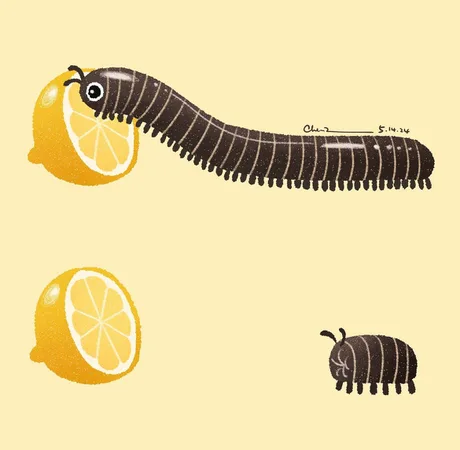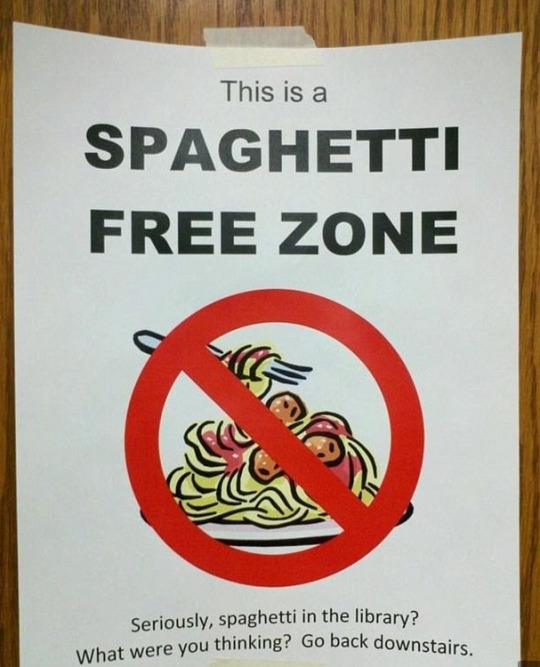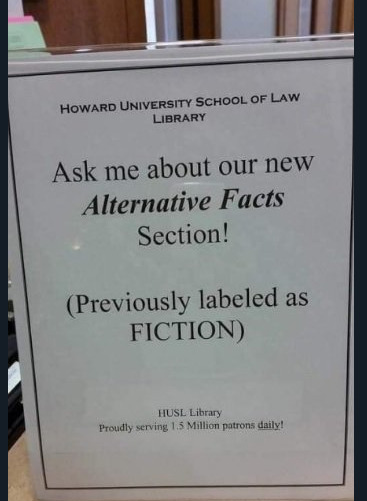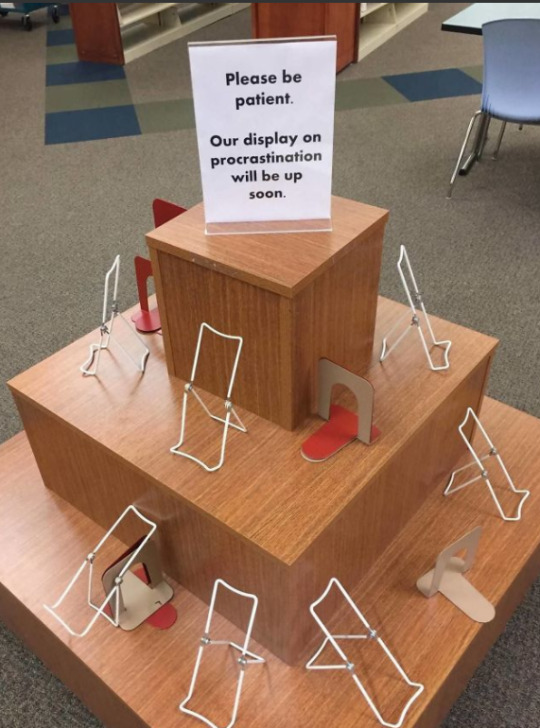Text
A true friend is seen in times of need...
36K notes
·
View notes
Text
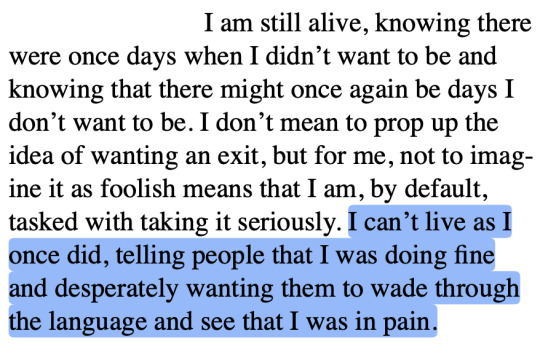
Hanif Abdurraqib, A Little Devil in America: Notes in Praise of Black Performance
23K notes
·
View notes
Text
tiktok refugees i believe you are few but it is VITAL that you know on tumblr you can speak freely. kill. die. sex. fuck. you can say things here
80K notes
·
View notes
Link
Norse sails loomed off the shores of the Holy Island of Lindisfarne, along the northeastern coast of Great Britain, on June 8, 793. The seafaring invaders sacked the island’s undefended monastery.
The Viking Age had begun.
For more than 270 years, the sight of red-and-white-striped Viking sails heralded an incoming raid. Those mighty sails that drove the explorers’ ships were made by craftspeople, mostly women, toiling with spindles and looms.
“There would have been no Viking Age without textiles,” says archaeologist Eva Andersson Strand, director of the Centre for Textile Research at the University of Copenhagen, in old Viking territory.
Yet textiles have not received much attention from archaeologists until recently. Andersson Strand is part of a new wave of researchers — mostly women themselves — who think that the fabrics in which people wrapped their bodies, their babies and their dead were just as important as the clay pots in which people preserved food, or the arrowheads with which hunters took down prey.
These researchers want to know how ancient spinners and weavers, from Viking territory and elsewhere in Europe and the Middle East, fashioned sheep’s coats into sails — as well as diapers, shrouds, tapestries and innumerable other textiles. Since the Industrial Revolution, when fabric crafts migrated from hearth to factory, most people have forgotten how much work it once required to create a tablecloth or wedding veil, or 120 square meters of sailcloth to propel a longboat across the water.
Textile making is “one of the major industries, and always has been,” says Lise Bender Jørgensen, an archaeologist at the Norwegian University of Science and Technology in Trondheim. Today, the annual global market for yarns and fabrics is worth nearly $1 trillion.
Before the 1764 invention of the mechanical spinning jenny, people twisted fibers — flax or wool, for example — together by hand to spin a strong thread. The person doing the spinning would pinch a few strands from a mass of fibers and hook it to a hand-length stick called a spindle. A small, round weight, called a whorl, helped the spindle turn. By dangling the turning spindle, the spinner could twist the fibers into long threads.

Katrin Kania, a textile archaeologist based in Germany, shows how a spinner makes thread. Here, she pinched a bit from a mass of fibers, attaching it to the spindle in her right hand. A whorl at the spindle’s bottom helps the tool spin and create thread. CREDIT: KARL-FRIEDRICH PFEIFFER
Weavers then attached these threads to a loom, crisscrossing the fibers. That mesh could be loose and open, or tight and dense, depending on the fabric desired.
People have been using fibers for millennia, for string and rope as well as thread, and probably started spinning around the fourth millennium B.C., says Margarita Gleba, an archaeologist at the University of Cambridge. Loom-based weaving, which evolved from basketry, happened as early as the seventh millennium B.C. in Turkey. Back then, the threads were made by splicing.
The ancient textile industry has been difficult to study. Unlike pottery or arrowheads, organic textiles rapidly degrade. Archaeologists interested in what people wove and wore in the past make do with scraps of material preserved by luck — for example, if the fabric happened to be buried in bogs or salt mines.
While some researchers have analyzed the bits of fabric they can find, Andersson Strand is more interested in the production process and its context — the cultural and economic impact. She wants to know what life was like for the people who made textiles thousands of years ago. How much of women’s time was taken up with spinning and weaving? Did textile workers specialize in one part of the process? And did techniques vary by culture?
To understand the work of European spinners and weavers from centuries past, she has turned to the remains of tools that once created those fabrics. Made of clay, stone or bone, the whorls that twirled the spindles and the loom weights that kept the threads taut during weaving are abundant at many archaeological sites.
Andersson Strand uses experimental archaeology to learn what kind of threads and fabrics — fine or coarse, dense or airy — would result from different tools. Her findings are helping archaeologists infer from the leftover tools what textiles people might have created and traded.
“She’s really made the textile tools speak,” Bender Jørgensen says. But not all scholars agree that the tools determine the fabric. Some researchers suggest that the individual crafter, inaccessible to archaeologists, was a more important factor in how spun threads turned out.
99 notes
·
View notes
Text
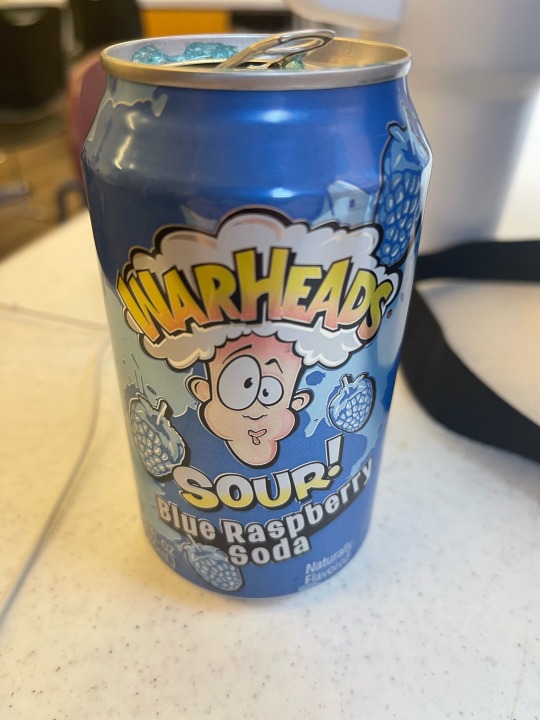
consuming this alongside beef cup noodle to see what happens to my digestive system
29K notes
·
View notes
Text
66K notes
·
View notes
Text
The fact that in Czech we legit say “the knife in my pocket is opening” when encoutering behavior we hate or find super annoying is something so memey
Like yeah I’m really feeling like stabbing something… but I’m not gonna…. But I’m feeling like it
11K notes
·
View notes
Text
i thought the femboy cafes were the greatest invention ever but this chinese lesbian bar 😭>>>>>
28K notes
·
View notes
Text

Well put. (Source: Writing About Writing Facebook page)
204K notes
·
View notes
Text
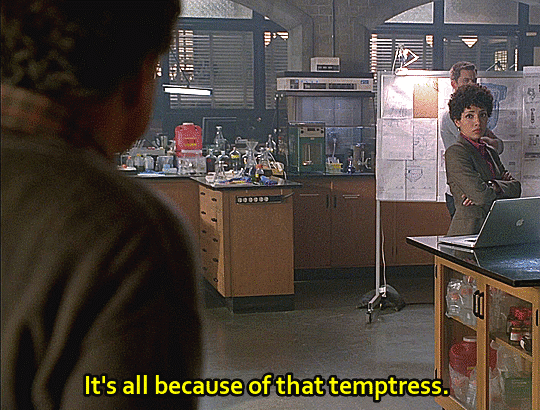


Vagenda "Entrada"
Bonus, he's right there:


528 notes
·
View notes
